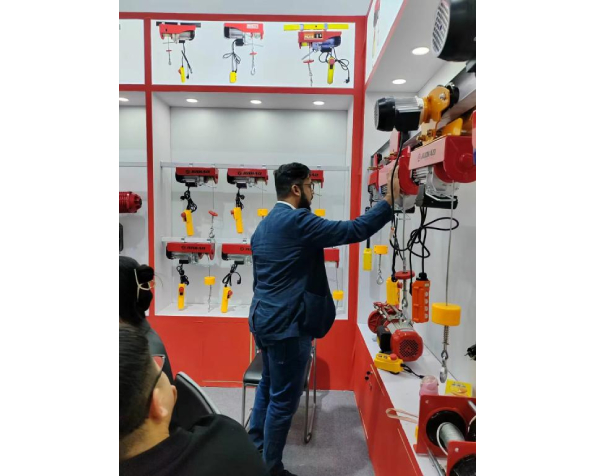


Understanding Rigging Chain Blocks An Essential Tool in Heavy Lifting
In the world of construction, manufacturing, and various industrial applications, the importance of efficient lifting equipment cannot be overstated. Among the array of tools available, rigging chain blocks stand out as one of the most effective solutions for moving heavy loads safely and accurately. Understanding the functionality, benefits, and applications of rigging chain blocks is essential for any industry that requires material handling.
A rigging chain block, also known as a chain hoist, is a mechanical device that uses a chain and a pulley system to lift and lower heavy objects. It operates on the principle of mechanical advantage, allowing users to lift loads that would be impossible to manage manually. The user simply pulls on a hand chain, which rotates the gears within the block, thereby lifting the load attached to the hook.
One of the primary benefits of using a rigging chain block is its versatility
. These devices can be used in various settings, from construction sites to warehouses, and even in shipping industries. The ability to lift heavy items with relative ease makes them invaluable in situations where space is limited or where traditional cranes cannot maneuver.
Safety is another significant factor in the use of rigging chain blocks. Designed with robust materials, these hoists can withstand considerable weights without the risk of failure. Most high-quality chain blocks come equipped with safety features such as overload protection, ensuring that users remain safe even when handling exceptionally heavy loads. Additionally, regular maintenance and proper usage training can further enhance safety protocols on the job site.
Moreover, rigging chain blocks are often more cost-effective than other lifting solutions, such as electric hoists or cranes. They require less investment in machinery and upkeep, making them ideal for small businesses and startups that may have limited budgets. Furthermore, their straightforward design means that they can be easily operated with minimal training, allowing for efficient deployment in various situations.
When selecting a rigging chain block, it is essential to consider several factors, including the weight capacity, lifting height, and any specific features that may be required for your application. Chains made of high-strength steel are typically recommended for maximum durability, and choosing the right hook design can ensure safe connections to the load.
In conclusion, rigging chain blocks are essential tools in the heavy lifting sector, combining safety, efficiency, and cost-effectiveness. As industries continue to evolve, the role of these crucial devices will remain significant, streamlining operations and enhancing productivity across various fields. Understanding their functionality and potential will empower users to make informed decisions, ultimately leading to safer and more efficient work environments.



